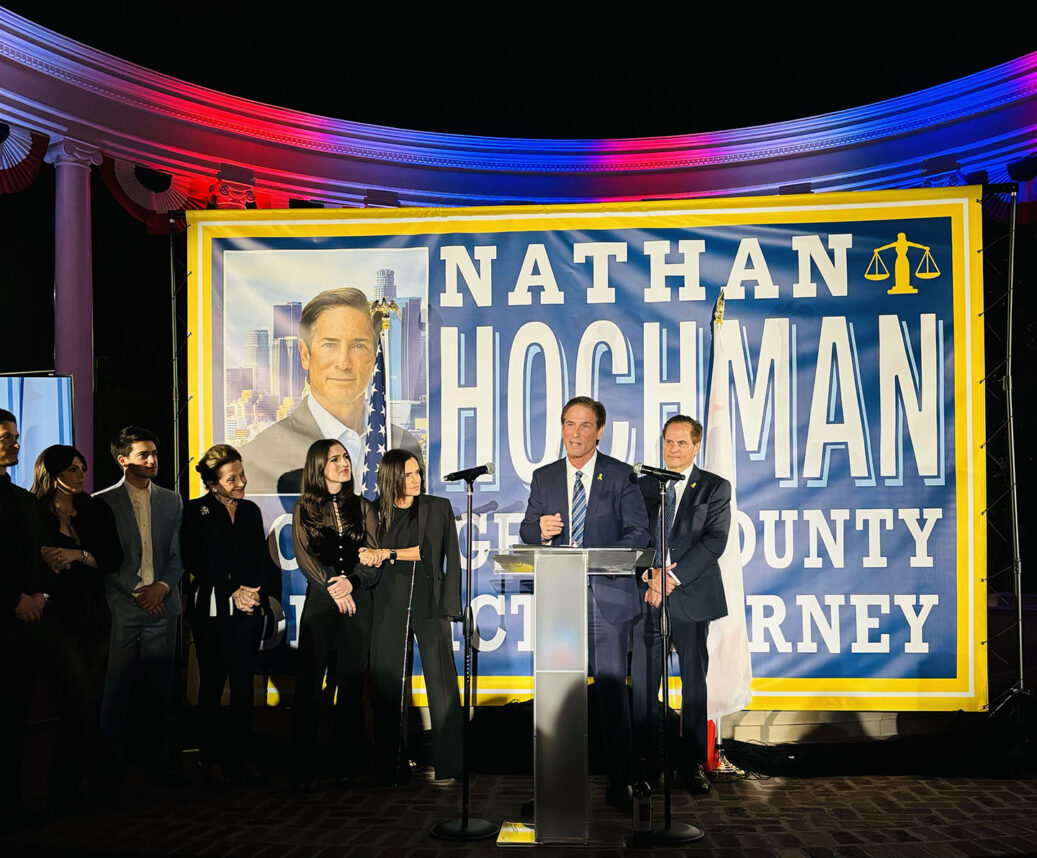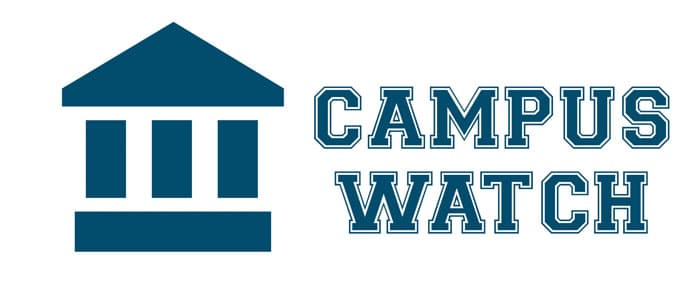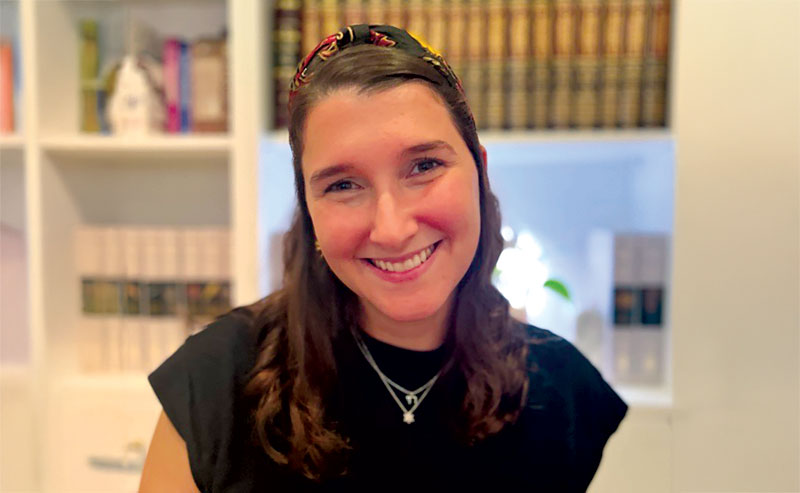At Sioux City Middle School in Iowa, 12-year-old Alex Libby is the odd-man-out. Seen by his peers as different, he has golden hair, gentle eyes, a wide, flat nose and permanently puckered lips. Together, they might seem to express something both pouty and vulnerable, sweet and sad. Kids are not so kind. “People call me fish face,” he blankly tells the camera in the new documentary “Bully” by filmmaker Lee Hirsch. “I don’t mind.”
Hirsch’s camera follows Alex to the bus stop. He breathes heavily and loiters sort of aimlessly until another boy his age begins to taunt him, “I’ll break your Adam’s apple, which will kill you!” the boy shouts. On the bus, yet another boy tells Alex he plans to bring a knife to school. “I’m gonna f—- you up,” he taunts. “You’re gonna die in pain.”
The documentary, which hits theaters on March 30, comes at a time when the prevalence and perils of bullying are thick in national consciousness. Last week, former Rutgers University student Dharun Ravi was found guilty of a hate crime, convicted of 15 criminal charges including invasion of privacy, bias intimidation and tampering with evidence for using a Webcam to spy on his roommate having sex with another man. Engaging in a practice commonly known as cyberbullying, Ravi used his Twitter and Facebook accounts to invite others to join him. “Roommate asked for the room till midnight,” Ravi Tweeted on Sept. 19, 2010. “I went into molly’s room and turned on my webcam. I saw him making out with a dude. Yay.” A few days later, Ravi Tweeted a second time, “Anyone with iChat, I dare you to video chat me between the hours of 9:30 and 12. Yes it’s happening again.”
Three days after the initial incident, Ravi’s roommate, Tyler Clementi leaped to his death off the George Washington Bridge.
Although Ravi was not charged in relation to Clementi’s death, the case has widely been seen as a watershed moment because, for the first time, an act of cyberbullying has been successfully prosecuted. But the phenomenon of bullying is nothing new. The word is simply a modern catchall to describe an ancient behavior; even before “Lord of the Flies,” there were Joseph and his brothers. Yet bullying covers such a broad range of behaviors — from teasing and name-calling, to threats and even physical violence — and affects an even wider swath of ages, starting as early as preschool and continuing through adulthood, when, in the workplace it’s called harassment, it could probably hold rank as one of the most challenging social problems in human history.
Before bullying became a buzzword and a subject of serious scientific study, it was widely but erroneously believed to be an affliction of race or poverty. For Jews, victimization that comes from being different from the dominant culture is a familiar theme. But while a minority status determined by race, religion, gender, social status or sexual orientation often becomes a factor in discrimination, bullying is not restricted to minority groups. Nor is it believed to be more or less prevalent within one group over another.
Today, sociologists generally agree that the phenomenon is universal and that it happens on a global scale. In 2010 in the United States, 828,000 nonfatal victimizations at schools were reported among students ages 12-18, according to a survey conducted by the National Center for Education Statistics and the Bureau of Justice Statistics on behalf of the U.S. Departments of Education and Justice. The same study found that nearly half of those were considered “violent victimizations,” and more than 91,000 incidents qualified as “serious violent victimizations.” It was also reported that the majority of all childhood victimizations occurred at school, including 17 homicides and seven suicides.
All this makes it likely that you, your child or someone you know has experienced some type of bullying at some point during adolescence. And more than any sociocultural identification — black, Jewish, gay, wealthy — the single most powerful determinant in whether an individual is susceptible to bullying behavior is social isolation. How strange, then, to perceive minority status as a happy accident of fate; sometimes it is precisely affiliation with a group that can be lifesaving.
“The thing I think about a lot is, ‘What are the activators of pain?’ ” Lee Hirsch, the 40-year-old filmmaker of “Bully,” said during a phone interview from New York. “I love movements and politics and platforms, but the thing that interests me the most is, what can compel people to move off the sidelines?”

All photos from “Bully,” courtesy of the Weinstein Co.
Whether there are genetic incentives for altruistic behavior is a perennial query of evolutionary biology. A recent article in The New Yorker magazine by Jonah Lehrer illuminated a scientific debate about the genetics of altruism. Is it actually biologically good to do good? “Charles Darwin regarded the problem of altruism — the act of helping someone else, even if it comes at a steep personal cost — as a potentially fatal challenge to his theory of natural selection,” Lehrer writes. “And yet, as Darwin knew, altruism is everywhere, a stubborn anomaly of nature. Bats feed hungry brethren; honeybees commit suicide with a sting to defend the hive; birds raise offspring that aren’t their own; humans leap onto subway tracks to save strangers. The ubiquity of such behavior suggests that kindness is not a losing life strategy.”
As more students report having witnessed bullying than experiencing it, converting bystanders into altruistic defenders could prove transformative. It is the message conveyed by Hirsch’s film, and it is his hope that the film will seed a social revolution — a battle against bullying, so to speak, that would make prevention and containment a permanent part of America’s educational culture.
“Tackling this idea of bullying as a nation, in a really deep way,” Hirsch wondered, “does that get at a bigger truth or bigger transformation than bullying itself? Does confronting [this issue] help us see more about life and the choices that we make?”
Hirsch urgently believes that now is the time to seize upon the spotlight and influence public discourse. “There’s something so universal and collective in the experience of bullying. There is a conversation to be had that hasn’t yet been had, and I think that’s why I’m so committed to classrooms seeing this film; what could come out of that is thrilling to think about.”
It’s too bad, and just a tad ironic, then, that Hirsch is also having to battle for his movie to be seen. When the Motion Picture Association of America (MPAA) scarlet-lettered the film with an “R” rating for explicit language, it complicated the filmmaker’s plans to screen the movie in schools for students. Because, while the film is reliably entertaining, it’s not exactly a choice pick for a Saturday afternoon. It was designed to be consciousness-raising and educational.
“Bully” tells the story of five students and their families as they confront the real-life consequences of school-day torment. For a year, Hirsch and his camera traveled to five cities to observe the effects: To follow Alex, the documentary’s default star, Hirsch was given unprecedented access to three schools in Sioux City, Iowa — an elementary, middle and high school — where his cameras were allowed full access in hallways, classrooms and on the playgrounds. Given the many discomfiting scenes that emerge in the film — Alex is shoved, stabbed, ridiculed and threatened — it seems either miraculous or insane that the school agreed to participate. Hirsch attributes this to their desire for change. “They want to be part of the solution,” he said.






















 More news and opinions than at a Shabbat dinner, right in your inbox.
More news and opinions than at a Shabbat dinner, right in your inbox.